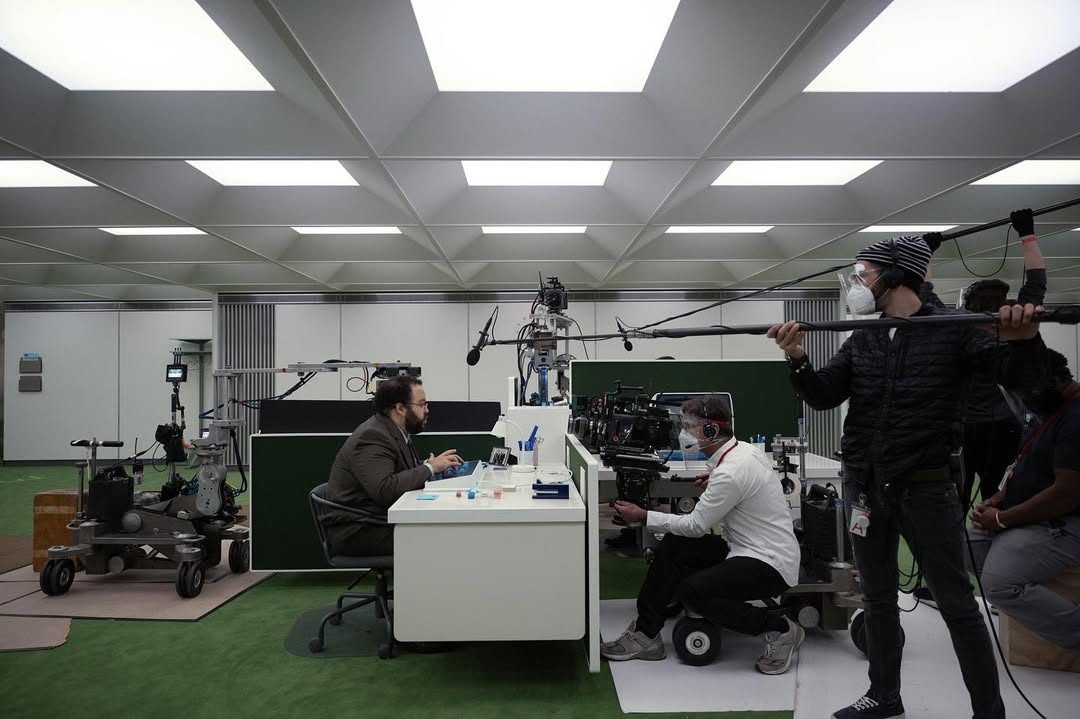It’s a fascinating combination of creative choices and technical challenges that bring visual storytelling technique to life. Jessica Lee used Sony Vencie camera to shoot Severance Season 1 and Venice 2 for Season 2. It was shot on Panavision C series lens.
Severance explores deep-seated controversies surrounding a shady corporation known as Lumon. It follows Mark Scout, played by Adam Scott, as he navigates two separate worlds each workday.
Features of Panavision C Series Lenses
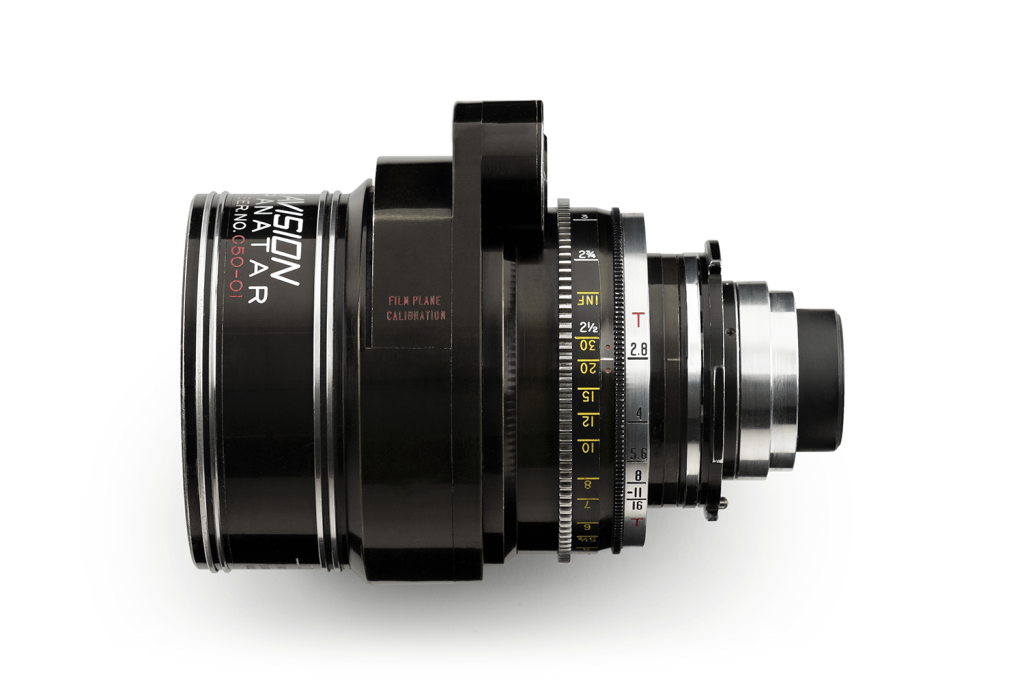
Contrast
The image is crisp because it’s shot in black and white, which contributes to that clarity. The nature shooting and the contrast also play a role, but the lens helps buffer some of that. Panavision lenses really capture the feel and the Venice camera makes that work incredibly well. Sony Venice is one of the best cameras for handling contrast. It dealt with the bright white walls of the innie of Severance with nice detail and texture. Its performance with highlights and HDR is truly impressive. It really captured richness and contrast, maintaining the brightness in a way that felt very alive.
Sharpness
The C-Series helped to soften the overall appearance. The edge was softer and it was less sharp than modern lens. With spherical lens, it would look super sharp.
Flexibility
The C Series lenses are designed with a compact size and lightweight construction. The weights generally range from around 1.6 kg to 3.6 kg. Their portability enhances usability for handheld filming. Additionally, their design is optimized for use with Steadicam rigs, providing stability and smooth motion capture. C Series lenses are compatible with other Panavision anamorphic.
Lens Flare
Panavision C series produces a unique anamorphic flare and flattering bokeh. The bokeh appears oval-shaped, and the horizontal flares feature vibrant blue streaks.
Depth of Field
These lenses feature a gradual depth of field, providing a smooth transition in focus. They offer a distinctive aesthetic often characterized by their warm tone and soft depth of field. They ensure reliable performance across all apertures, maintaining consistent image quality throughout.
Lens Work Behind Severance
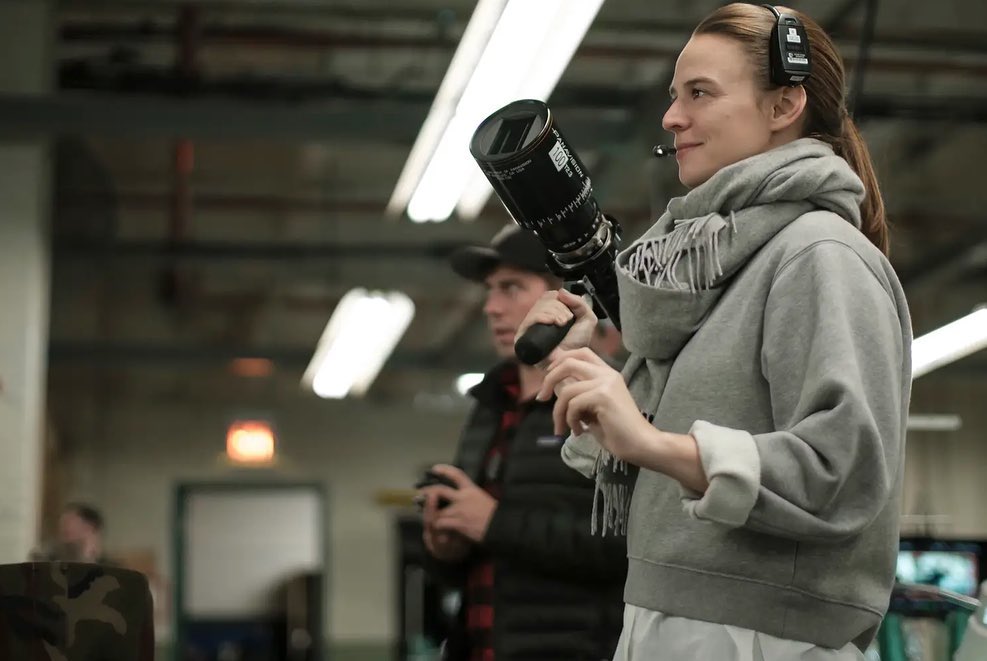
Initially, it was considered to use anamorphic lenses, but it quickly became clear that this would complicate things due to issues with minimum focus and getting the camera close enough to the actors. As a result, the decision was made to use a 19 to 90mm Panavision zoom lens, which facilitated the zolly transitions that played a significant role in the storytelling.
Long lenses were used for outside and wide lenses for inside. The innie scenes were filmed in 6K on the Venice using a 20mm and 24mm spherical lens. To differentiate between the outside world and the inside world, they used these two sets of lenses in the same kit. They had wider lenses for the inside world, to monitor the actors closely. And then, for the outside world, they used long lenses to create a sense of detachment.
The C Series was a choice for the ’70s-style lensing. C50 was used for close-ups. The crew used 180mm long prime lens for observing shots that followed the main character from a distance.
The show was filmed with vintage lenses from the Panavision C-Series and some older zoom lenses. There’s a distinct crispness to them—almost a sterile quality. At the beginning, 19-90mm zoom lens was used for the Zolly shot. Then, they switched to the 20mm lens for the running sequences. By the end, when the character walks into the wellness waiting room, the 40mm C Series lens was used. According to Jessica Lee Gagné,
We used a 19-90mm Panavision lens, keeping it within the 19-30mm range, when shooting the elevator scenes. And we have utilized Kuper motion controls to calculate the zooming while the dolly is manually pushed or pulled.
While these lenses may present some challenges during filming, they provide a unique vintage Panavision look that is difficult to achieve with modern lenses. Their distinctive qualities make them a compelling choice for filmmakers seeking to create a specific visual style.
Texture primarily comes from the lenses. The way the C series lenses capture the lighting and texture adds depth to those stark environments. With spherical lens, it would look super sharp. The feel of the image largely depends on the lens we choose. C-Series lens has a good middle ground. The C-Series helped to soften the overall appearance.
The C Series lenses use advanced optical design and modern coatings that effectively reduce aberrations, achieving a clean anamorphic look that balances sharpness and softness. These lenses create a distinctive anamorphic flare and an aesthetically pleasing bouquet. Their organic feel makes them suitable for both handheld and steadicam shots. This series includes a versatile selection of lens sets, offering 8 to 12 different focal lengths to provide a wide spectrum of creative options for cinematographers.
The expansive wide shots were captured using spherical lenses so there is no bending. Jessica shot it at 2500 ASA with the Venice camera. For the running sequences, 20mm H series lens was used which was mounted in Sony Fx3 camera, along with a smaller gimbal setup. It was very light and small, which made the smaller Sony package work well. Since both cameras were Sony, they had a similar visual feel that seemed to hold up well. Those cameras and sensors are so reliable that they allow you to focus entirely on your artistic vision without worrying about technical limitations.
It’s fascinating how something that could come off as bland transforms into something visually captivating with the right techniques and tools. Those decisions become crucial in shaping the overall aesthetic and feel of the scenes.
Severance Transition Scene Shot in Elevator
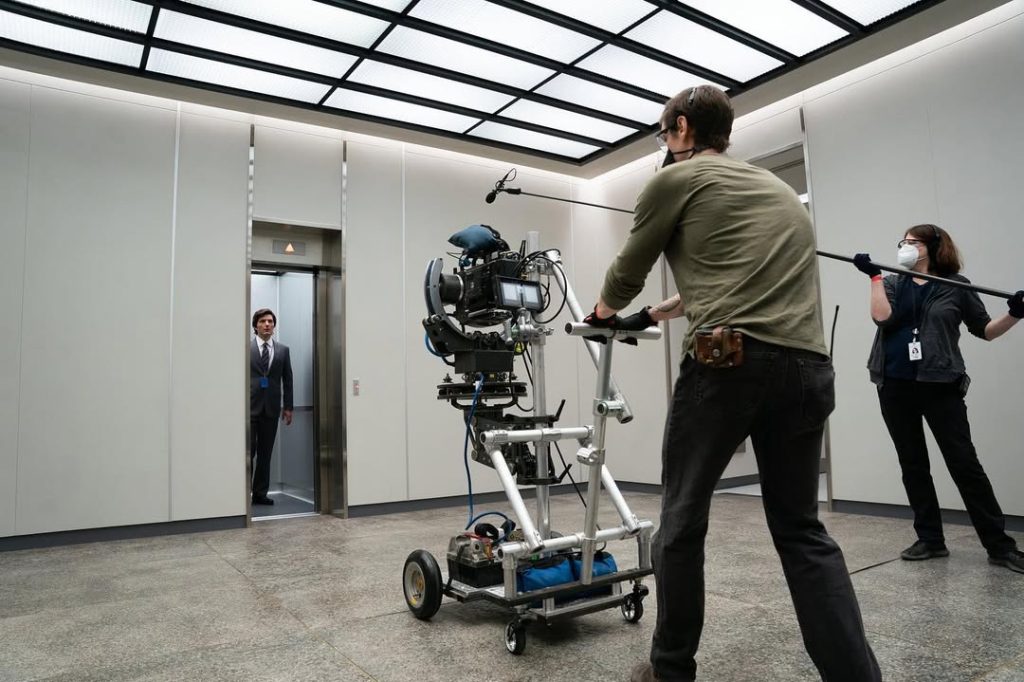
The transitions in the elevator merge the innie world with the outie world. This was done using the Zolly effect. The beginning of the shot was done with our 19-90mm zoom lens for the Zolly since we had that at the start. But once the camera starts running, we typically switch to the 20mm. By the time it ended, the 40mm C series was in use.
Transitioning from one place to another is a fascinating concept in film, particularly in terms of design and execution. The thought process behind it can significantly affect how the audience perceives the story. This choice contrasts the close, wide angles of the inner world with a more traditional long-lens studio vibe outside.
Finding that sweet spot for the camera to create subtle changes in facial morphology without distorting the image too much was key. It was important to ensure that the effect was noticeable but not unflattering to the actors, resulting in a minimalist approach in the background to keep the focus where it should be.
A unique aspect of these transitions was the use of a homemade motion control device. Developed by Anthony Jacques, this system allowed for both controlled camera movement and some degree of improvisation, further enhancing the dynamic feel of the transitions.
Creative Differences Between Season 1 and Season 2
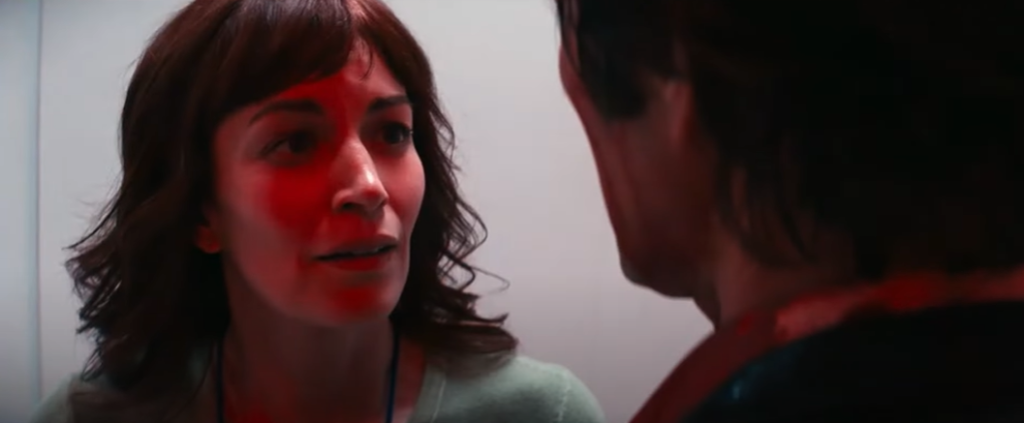
If you take the time to compare an MDR sequence shot in season 1 with season 2, you’ll notice an extra richness from this kind of camera. In season two, the camera team switched to the Venice 2. Venice 2 has a larger sensor. So, it allows the lenses to render better images. Season 2 has more intense close-ups than ever before and continues till the end. It creates a more intense experience. The audience can see the internal complexities in the characters’ faces.
Sony Venice 2 provided the hyper-realistic look. The innie scenes were more robotic. For the opening hallway shot, FX3 was used. The visual style of outie scenes gives 70s pan-and-zoom feel. Tests were done so that FX3 would match the Venice 2. The FX3 held up incredibly well, and being able to use our actual lenses on it made a huge difference. Also, Season 2 differs from Season 1 by using a shallower depth of field.
